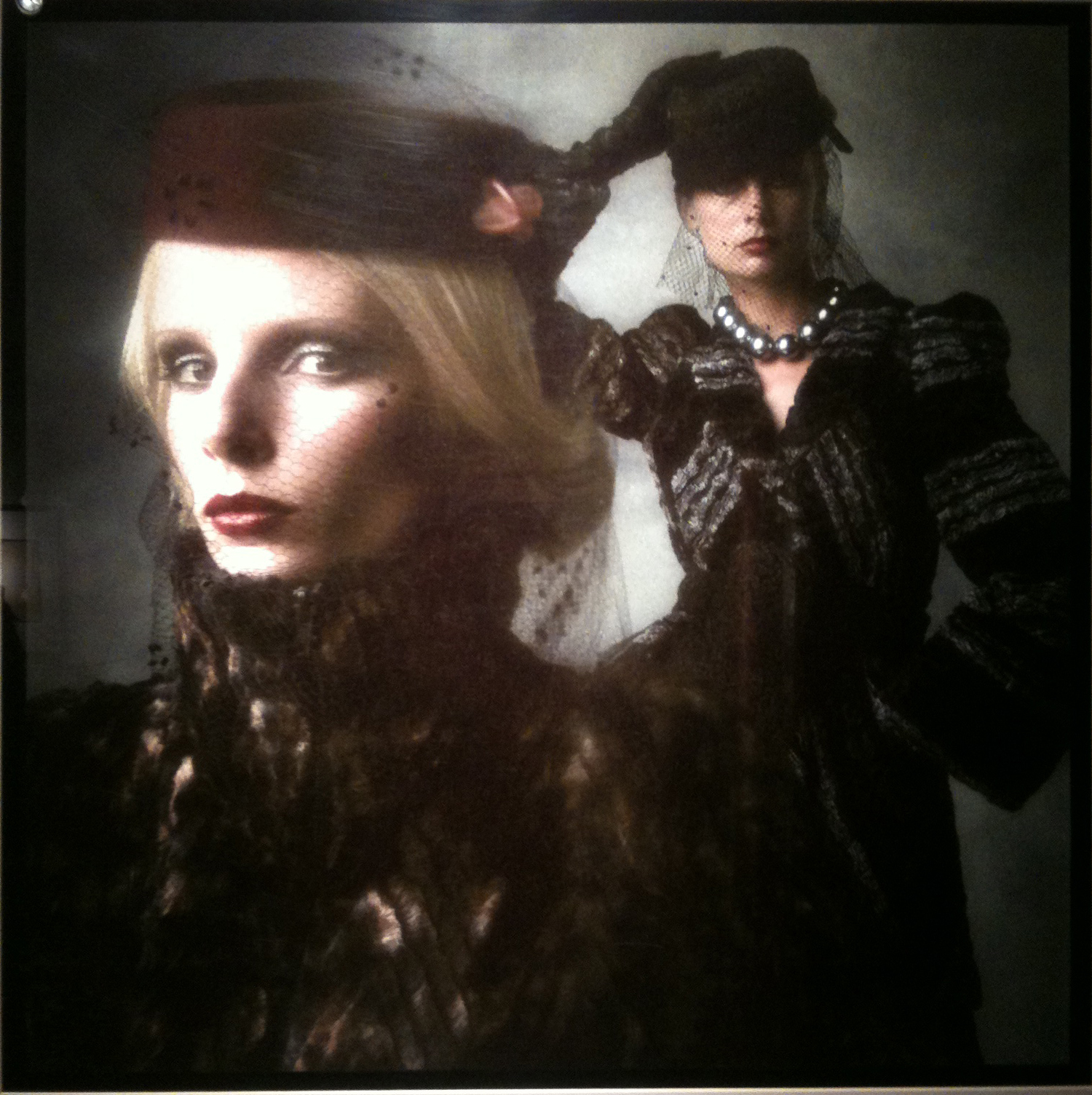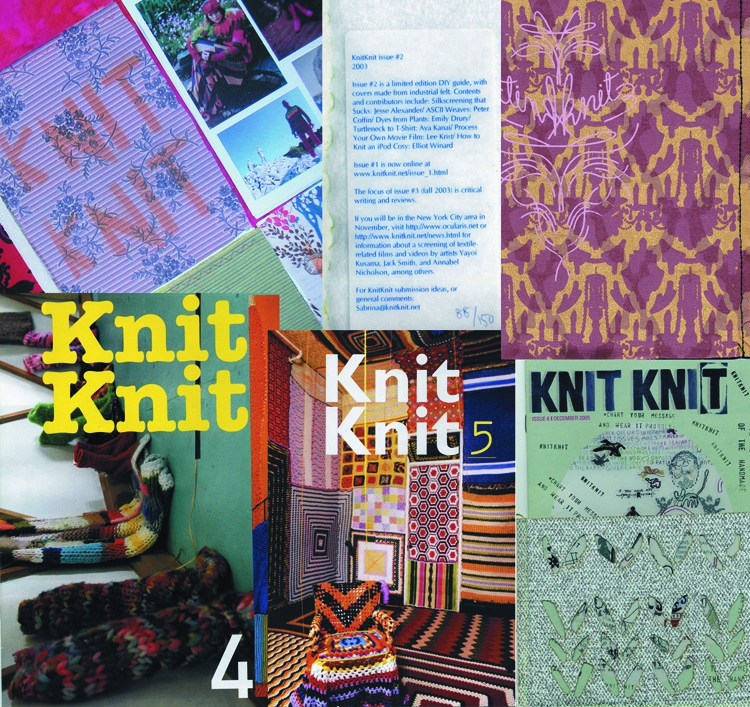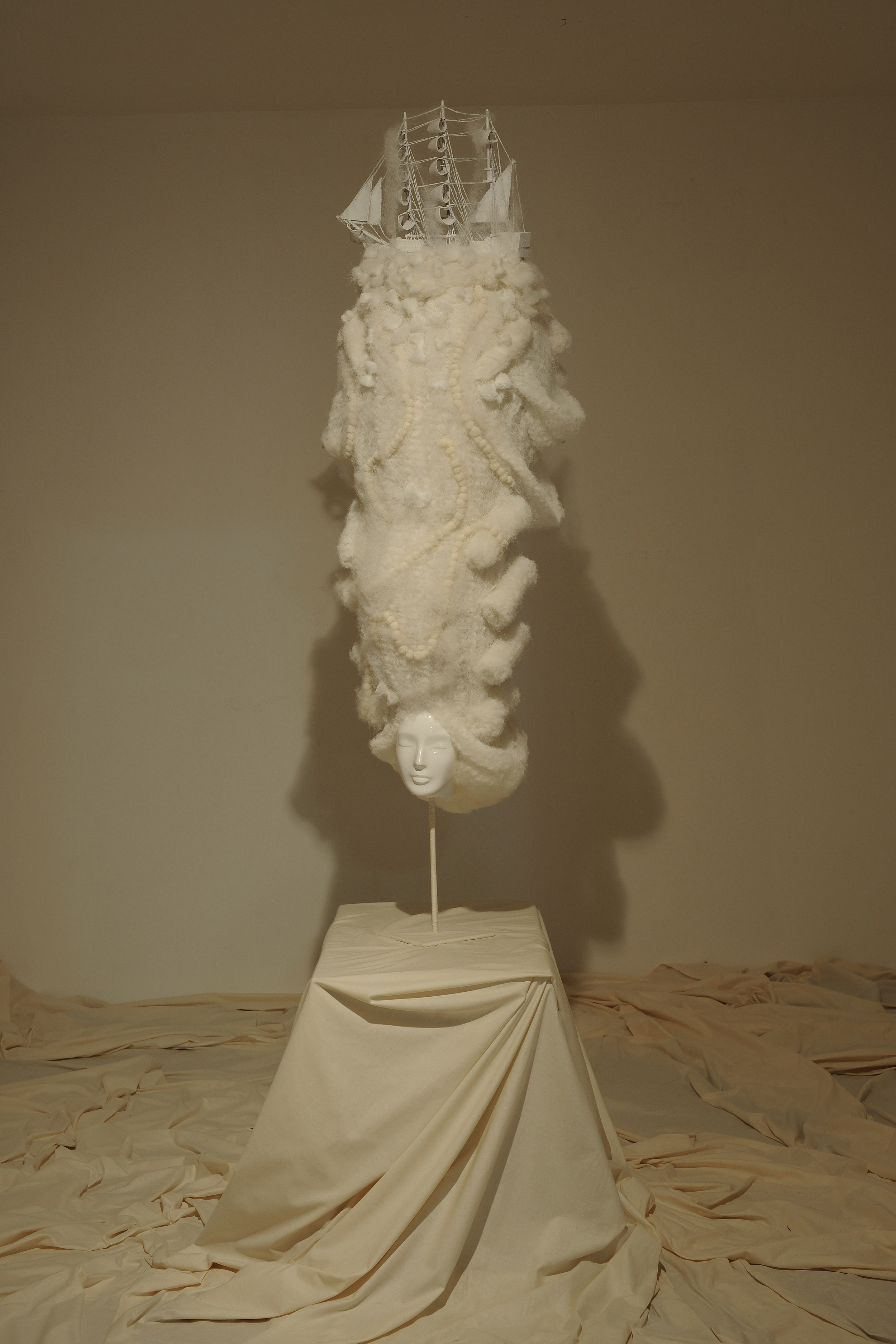Fashion Photography on View
/By Laura McLaws HelmsBrian Duffy's "Aladdin Sane," 1973
Exhibiting fashion photographs in museum and gallery settings has become increasingly common in recent years. Combining two fields that have had difficulty being accepted as ‘fine arts’, fashion photography only moved off the page and onto the wall within the last 15 years — the 2004 Museum of Modern Art show “Fashioning Fiction in Photography since 1990” was their first exhibition of fashion photography. As iconic fashion photographs have become part of the museum cannon, auction prices for such works have soared with Irving Penn’s Woman in Moroccan Palace (Lisa Fonssagrives-Penn), Marrakech (1951) selling for a record-breaking $409,740 at Christie’s last December. It can be of little surprise that museums all over the world are exhuming the archives of a variety of fashion photographers for retrospective shows.
Jean-Paul Goude's "Animatronic Grace"
Goude’s photographs of Grace Jones
The multi-talented Jean-Paul Goude, whose accomplishments in photography, film and video, art direction, illustration and brand development over his 40 year career have made him an icon of consummate creativity, is the focus of a retrospective exhibition at the Musée des Arts Décoratifs in Paris. The first such show of his work, “Goudemalion,” covers many aspects of his multi-faceted career. Opening with elements from his most ostentatious creation, the Bicentennial parade in Paris commemorating the 200th anniversary of the French Revolution on July 14, 1989, the visitor is first greeted by a life-size spinning doll and then, in the main hall, a giant locomotive that journeyed down the Champs-Elysées. While the side galleries start with his early fashion illustrations in the 1960s, it is with his increasing interest in photography in the 1970s, when he was working as the art director at Esquire, that his inimitable style becomes solidified. Known primarily for his work with muse and former girlfriend, the Jamaican-American singer Grace Jones, his pre-Photoshop cut-and-paste images of her, which distort her body into impossible, intimidating forms, are shown in both the original (spliced and refigured) and the final (airbrushed into unknown perfection). His fashion photographs are crammed onto the black walls of four smaller rooms — simply mounted and unframed, they range from the overtly sexy images of the ‘70s to the more obviously stylized and surreal photographs of later decades. One wall is given over to the fun series he has been taking since the 1980s of fashion designers — including Azzedine Alaïa, Valentino and Jean Paul Gaultier. Bright and colorful, the images pop against the black walls and low lighting. As this retrospective includes sculpture, performance art, animatronics and television adverts for clients such as Chanel, it goes far beyond just fashion photography – but by incorporating all of these different media, this retrospective helps to show how one singular vision can be adapted and translated across many fields, and also marks his influence in defining the brash, surrealistic photographic style of post-modernism in the 1980s. Goude's photographs of Grace Jones
On a much smaller scale is the first show of Paolo Roversi’s work at the Wapping Project Bankside in London. The Italian-born, Paris-based Roversi has been shooting fashion since 1973, when Peter Knapp, the Art Director of Elle, brought him to Paris. Roversi is particularly known for his use since the early 1980s of large-format Polaroid film for most of his photographs. The works on view were all taken between 1988 and 2004, and were primarily shot in front of a rough burlap backdrop in his studio. A small gallery, the Wapping Project Bankside has been divided into three spaces, with twelve black and white images hanging in the first — his soft focus aesthetic brings a certain tenderness to the various images, an ethereality, regardless of whether they are a group portrait of a shoot crew, a topless male model or his camera. Most of the images in the other two rooms are of his muse, Guinevere van Seenus, including a series of six 13” x 9.5” nudes that are so lightly printed that they almost appear to be drawn with soft pencil. In an interview he gave with Dazed Digital at the opening, Roversi said of his portrait taking process: “You live a special moment together, an emotion together. Without this, the picture is boring. If you don’t live that moment together, the picture will never be strong.” [1] Diametrically opposed to the colorful exuberance of Goude’s photographs, Roversi’s images are more in keeping with the quietness of an Old Master still life and are well suited to the clean, openness of the modern gallery.
Roversi's photograph of Natalia Vodionova, via British Vogue
Goude and Roversi both first began shooting in the late 1960s, a decade that is commonly seen as the period when fashion photography went from being rather staid and inhabited by intensely elegant swans, to being more youthful and documentary-like in style. In London three photographers were felt to be the lead galvanizers of this trend — David Bailey, Terrence Donovan and Brian Duffy. Bailey and Donovan continued to lead successful careers long after that decade and have become (especially in Bailey’s case) icons of the era, while Duffy faded from memory. Rather unusually, this was a personal choice of his — a successful advertising photographer in the 1970s, he burned out and set fire to most of his negatives in his back garden in 1978. After his son rediscovered the remnants 25 years later, Duffy became the focus of a BBC documentary in 2010, The Man Who Shot the 60s (which can be viewed here), which followed the makings of the first ever gallery show of his work in 2009 as he was dying of a degenerative lung disease. A same-titled retrospective exhibition of his work is touring museums worldwide at the moment, having started at the Idea Generation Gallery in London before moving to the Museo Nazionale Alinari della Fotografia in Florence and now to the Monash Gallery of Art in Australia. Trained as a fashion designer, he had an inherent understanding of clothes and his graphic, loose black and white images of miniskirts and vinyl boots are era defining, as are his portraits of ‘60s celebrities, like Michael Caine and Christine Keeler. Moving into color in the ‘70s, he continued to shoot fashion, especially for Elle in France, yet his most well known photograph is the album artwork for David Bowie’s Aladdin Sane album (1973). His images became increasingly glossy and slick from the 60s to the 70s; less documentary in approach and more stylized. Especially when seen in conjunction with the BBC film, this exhibition is intriguing on multiple levels — as a comprehensive and engaging group of photographs, as a social document, and as a personal memoir.
Duffy's photograph of Barbara Miller and Jean Shrimpton, 1973
As a counterpoint to these rather large retrospectives was another fashion photography exhibition, also titled “The Man Who Shot the 60s”, which was on view at the Pushkin Society in London for three days in March. Showcasing the work of Ron Falloon, who had a studio in London from 1962 to the end of that decade, this small exhibition included just a dozen images. Several photos show Twiggy mugging for the camera in her Pop Art decorated flat, while Jean Shrimpton poses more traditionally in a gown. Enjoyable primarily for their subject matter, his images lack the consistent eye and sense of balance of Duffy’s — it is unlikely Falloon’s work, which he had stuffed under his bed for thirty years, would garner much attention were it not for the seemingly insatiable interest by the public in the now mythic 1960s.
Falloon's photograph of Jean Shrimpton
The vast differences in style, technique and quality between these four photographers illustrate how wide a field fashion photography has been and continues to be. Though fashion exhibitions are now beginning to be seen as easy blockbusters for museums, it is unlikely that many photographers’ work could translate into major shows — “Goudemalion” successfully uses the main galleries of the museum because his oeuvre includes so many different disciplines, creating a sense of dynamism and filling the space. Fashion photography’s key place within the cultural history of the West in the last sixty years, with its often provocative subject matter, makes it an ideal choice for exhibition, and with the internet bringing to light the work of many forgotten photographers, it seems inevitable that there will continue to be many exhibitions focusing on this field.
[1] http://www.dazeddigital.com/photography/article/12546/1/paolo-roversi-the-wapping-project




















